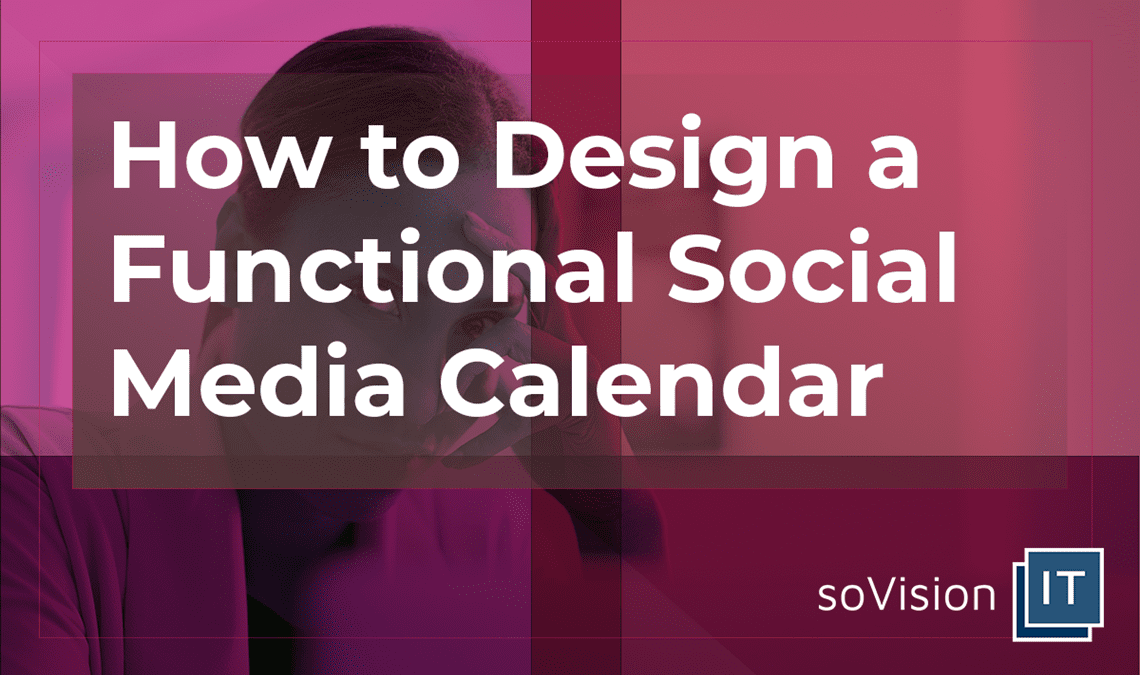How to Design a Functional Social Media Calendar
Social media content releases at a rapid rate, making it easy to lose sight of your goals, especially when you’re keeping up with live trends. Engaging your readers with posts relating to current news and trends almost guarantees success, but you need to take stock of what’s important – conversion. Therefore, regardless of current affairs, you need to create a monthly social media calendar with the help of an effective social media management business to keep you grounded.
What Is a Social Media Calendar?
A social media calendar brings all of your social accounts into one platform and lets you schedule content and track strategies. The best social media management businesses plan their schedules months ahead of time, which helps brands build consistency and voice. If you’re constantly grappling to find daily content, your brand’s voice will lack cohesion.
Content Ideas Come First
Ask any social media manager about their greatest hurdles, and you’ll likely find that “knowing what to post” is the most common answer. Filling an entire month with content is daunting but doing so will make your content more effective. You will need to come up with more than one strategy, as they will all run out of steam eventually.
If you have old posts already, analyse them to find out what your high performers are. To get started, you will need to run a social media audit through your chosen management platform. Having this information will help you create content that your audience will show interest in. For those of you just starting with social media, you should audit the industry competition to find out what works for them. You can do this by using Social Media Listening, which will collect information on trending hashtags, popular topics, successful brands, and audience engagement.
From the data collected, you can start creating impactful content. Remember, your audience needs to be informed and entertained, and not everything needs to relate to your products. Take a look at your favourite social media accounts for inspiration.
Creating the Schedule
Through the auditing phase, you will likely notice trends for what time of day to post. Every industry will have different times for active audiences, so you will need to use trial and error in the beginning and a reliable social media management service for small businesses. However, for the highest visibility, you should be posting at these frequencies:
-
- LinkedIn – two per week max.
-
- Twitter – three to 10 daily posts.
-
- Facebook – one to two daily posts.
-
- Instagram – one to three daily posts, or two to five for stories.
-
- Pinterest – three to 20.
Content Analysis
Your social media calendar isn’t just a glamorous planning tool, it will also help you monitor campaign performance. When your content doesn’t perform well, you can edit future posts to increase relevancy. Alternatively, if the content exceeds expectations, you can save it for future usage. Further, keep in mind that scheduled content isn’t set in stone, so make sure you optimise consistently.
Takeaway
A well-fleshed-out social media calendar will save time and provide the scaffolding for creating a strong brand voice. Before scheduling, spend time generating ideas and creating content, which will come easier through social media auditing. Remember, once content is scheduled, you’re free to change up the plan if it’s not working.

